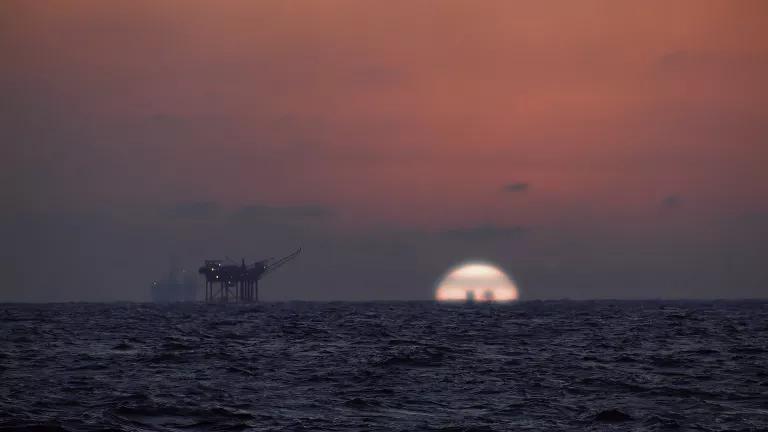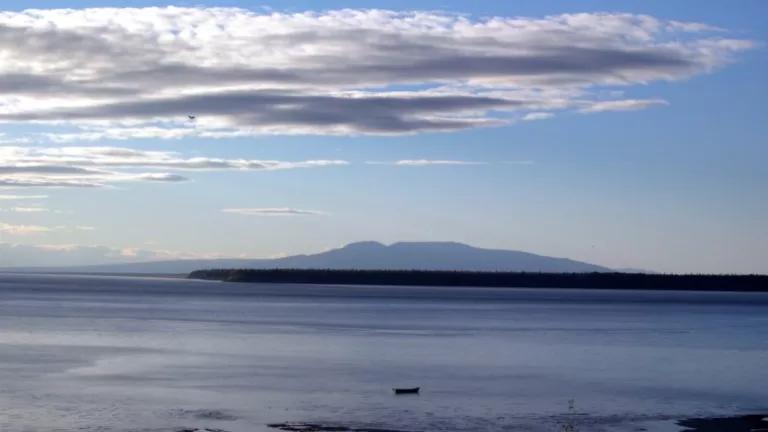Many eyebrows and a good deal of ire were raised recently when the Interior Department announced it planned to double and in some cases nearly triple entry fees to America’s grandest national parks to $70.
For a lot of families, $70 is a lot of money, especially on top of what they’re paying for travel and lodging to be at these special places.
You can tell the Trump administration you don’t support its exorbitant price increase to visit America’s national parks. A public comment period is open until November 23 – Thanksgiving Day. Get your family and friends to take action for America’s parks.
Go to this link and leave a comment: https://parkplanning.nps.gov/document.cfm?documentID=83652
Secretary of the Interior Ryan Zinke says the entry fee hikes are necessary to offset the more than $11 billion backlog of park maintenance. But the fee hike will only raise about $70 million a year. And Zinke just opened a loophole that allows dirty energy companies to avoid paying proper royalties on coal, oil and gas from public lands, a move estimated to cost taxpayers $75 million a year.
This is all appears to be part of Secretary Zinke’s zeal to prioritize dirty energy companies over the public when it comes to America’s public lands.
The decision to raise fees for the American public stands in disturbing contrast to what Zinke’s Interior Department charges oil and gas companies for the right to develop and drill on lands owned by the American taxpayers. Companies routinely pay as little as $2 an acre for the right to drill, and then an annual rental fee of as low as $1.50 per acre, fees set in the 1920s.
In sum: Entrance to Grand Canyon - $70. Right to drill on public land: $2 an acre.
Two dollars won’t buy you much these days. A medium coffee costs $2.50. The average price of a gallon of milk is $2.79. So why are big oil, gas and coal companies getting a massive discount on precious national resources found on our public lands?
“We need to have a vision to look at the future of our parks and take action in order to ensure that our grandkids’ grandkids will have the same if not better experience than we have today,” Zinke said in a statement. “Shoring up our parks’ aging infrastructure will do that.”
Curious then, that Zinke wants to cut $378 million from the Park Service annual budget.
Many people may not be aware that President Trump and Interior Secretary Zinke are in the midst of an unprecedented assault on these public resources in what appears to be a vast giveaway to select group of dirty energy companies. Much of this unfolding strategy is secretive, like the review—and shrinking—of America’s national monuments, and it’s coming under the guise of “deregulation,” “streamlining,” and “reorganization.”
A closer look reveals an agenda that doesn’t just undermine the conservation legacy of America’s public lands, it guts it. This agenda aligns closely with President Trump’s quest to assert U.S. “energy dominance” despite the fact the U.S. energy security is more than healthy, as we’re producing enough coal, gas and oil to export it. In fact last year—thanks in part to these near giveaways/exploitation of publicly owned resources—the US become the world’s top net exporter of fuel.
And the Interior Department continues a long history of short-changing taxpayers by selling off publicly-owned resources at fire sale prices. In 2017, the federal oil and gas program once again made the non-partisan Government Accountability Office’s “High Risk” list for being “federal programs and operations that are especially vulnerable to waste, fraud, abuse, and mismanagement, or that need transformational change.”
Again, it’s time to make your voice heard. Submit your comments on the fee hikes at America’s National Parks by visiting this website before midnight on Thanksgiving evening, November 23. https://parkplanning.nps.gov/document.cfm?documentID=83652
Written comments can be sent to 1849 C Street, NW, Mail Stop: 2346 Washington, DC 20240.
Note: The proposed new fee structure would be implemented at Arches, Bryce Canyon, Canyonlands, Denali, Glacier, Grand Canyon, Grand Teton, Olympic, Sequoia & Kings Canyon, Yellowstone, Yosemite, and Zion National Parks with peak season starting on May 1, 2018; in Acadia, Mount Rainier, Rocky Mountain, and Shenandoah National Parks with peak season starting on June 1, 2018; and in Joshua Tree National Park as soon as practicable in 2018.



